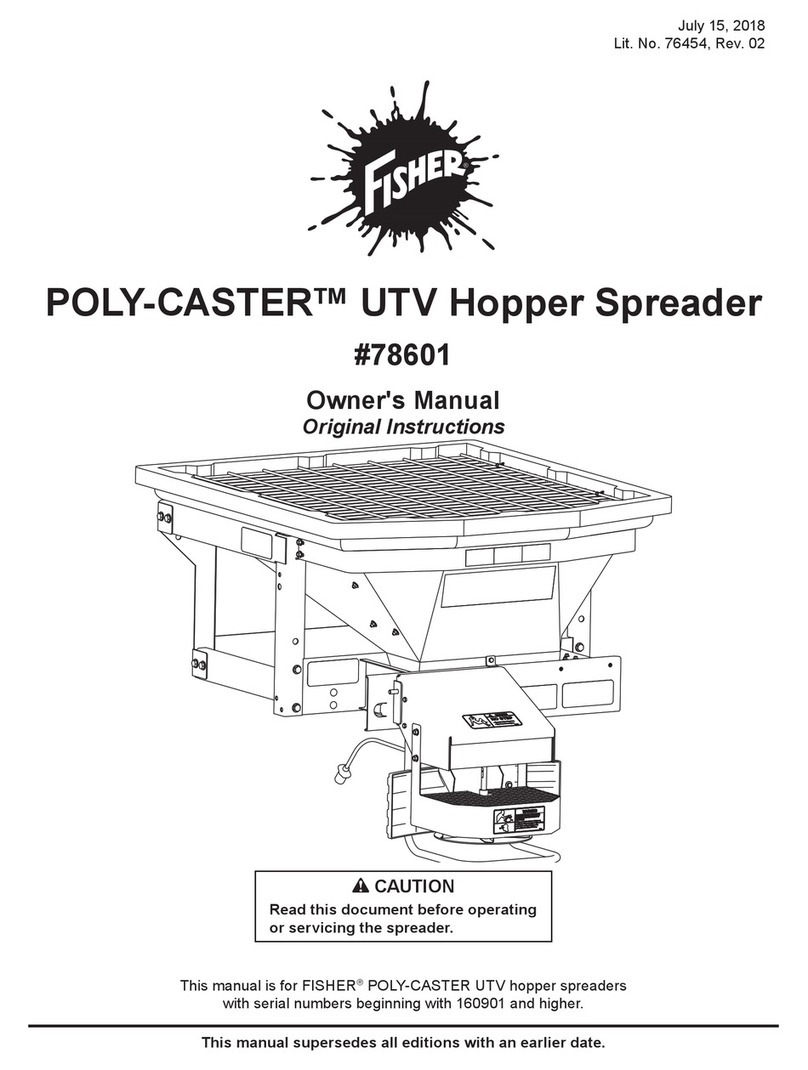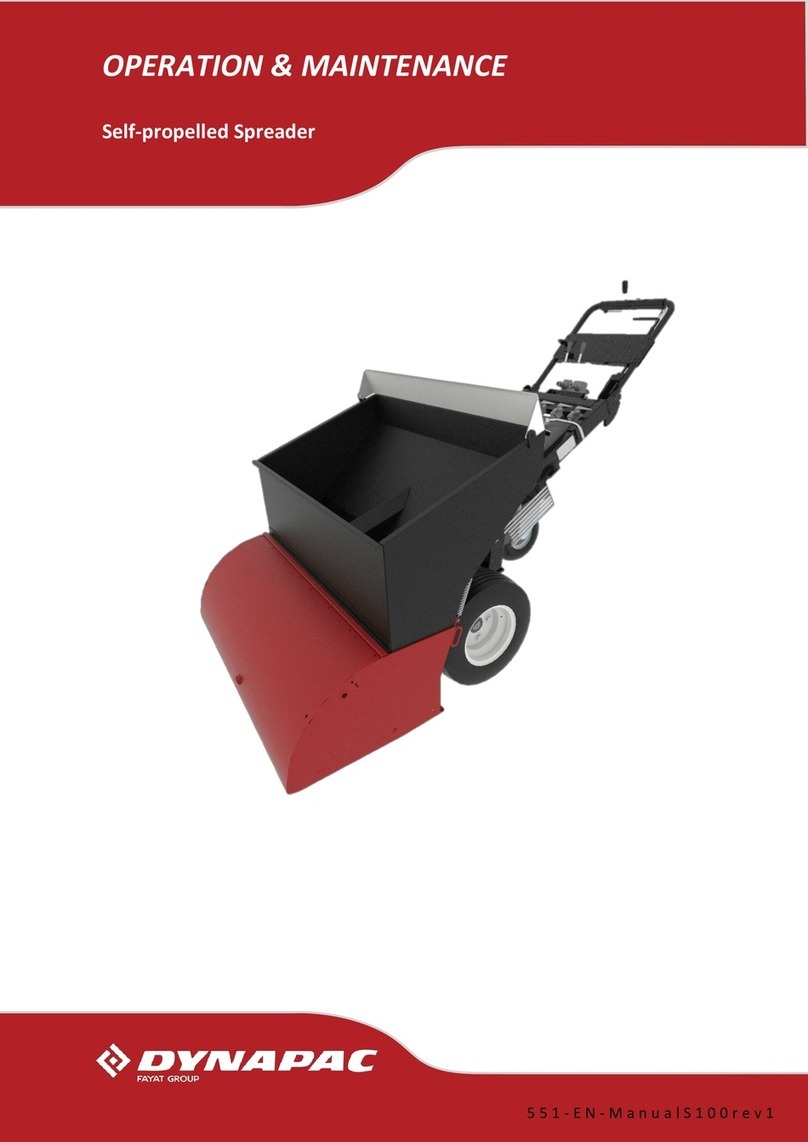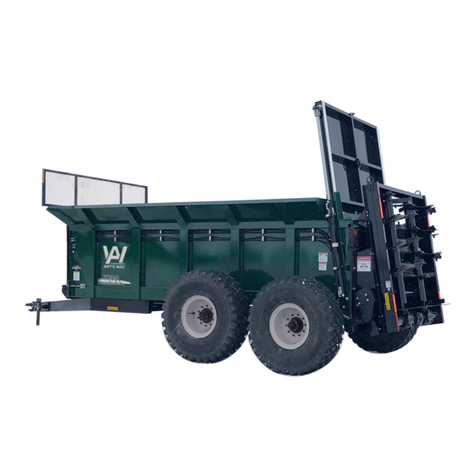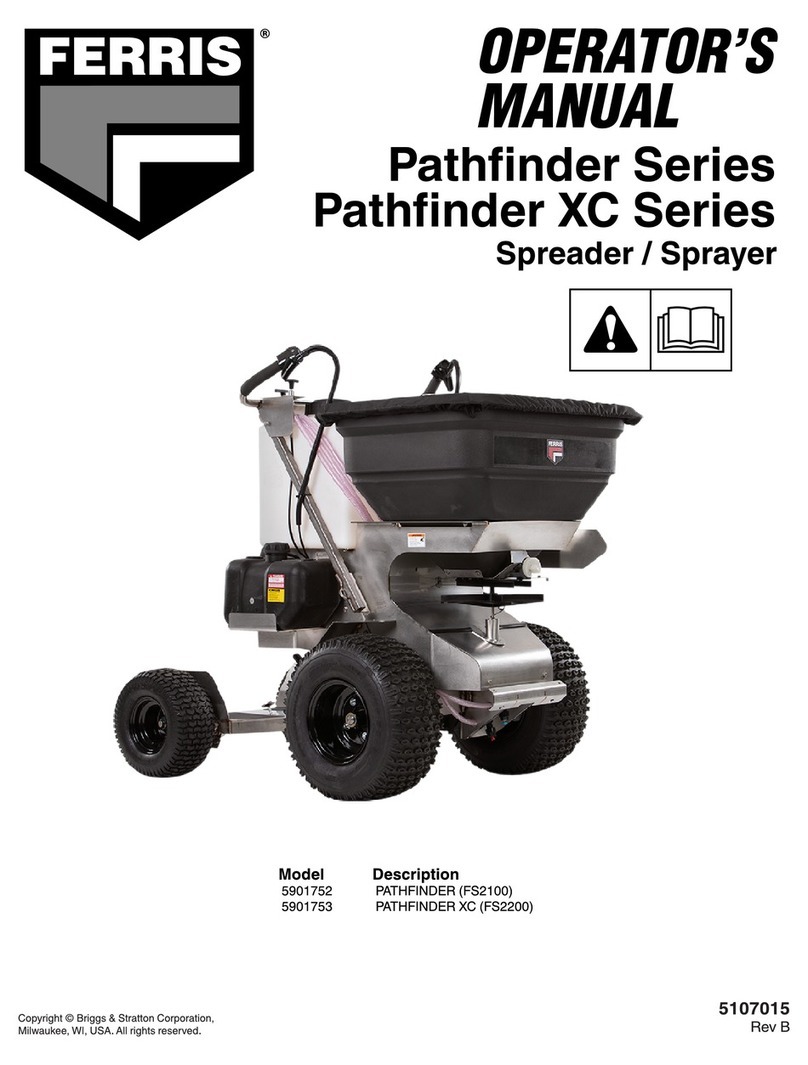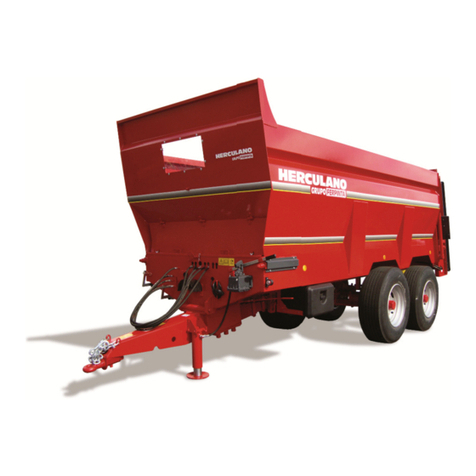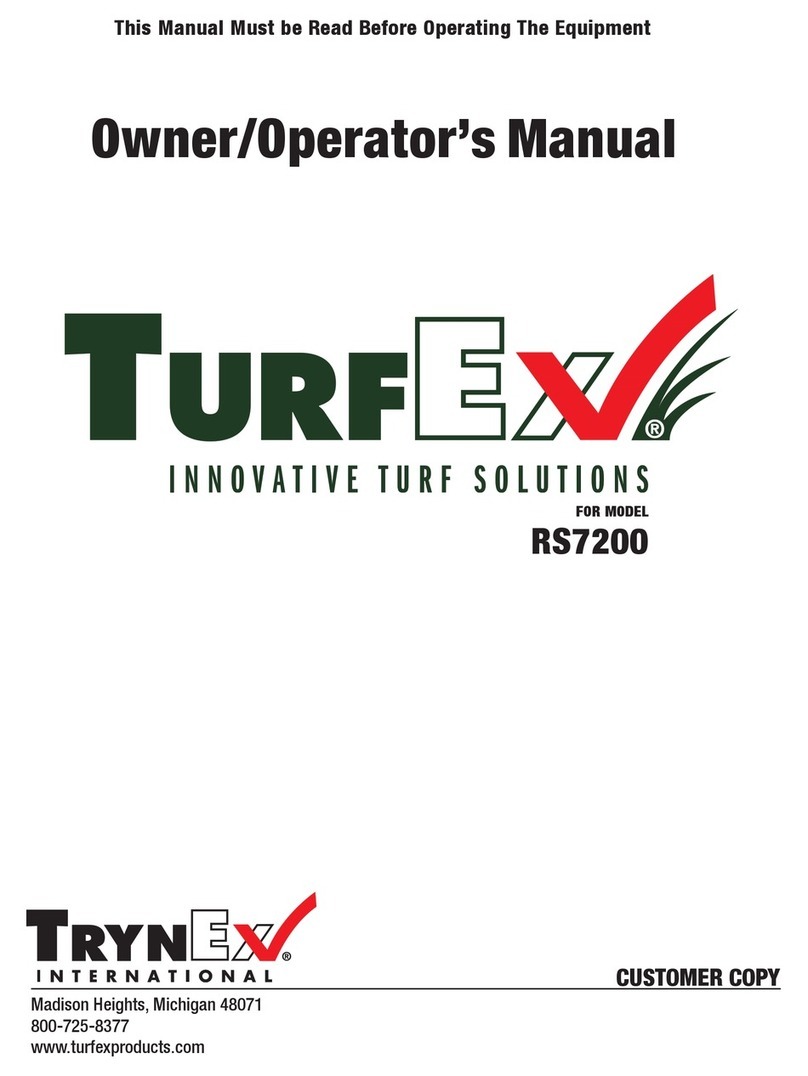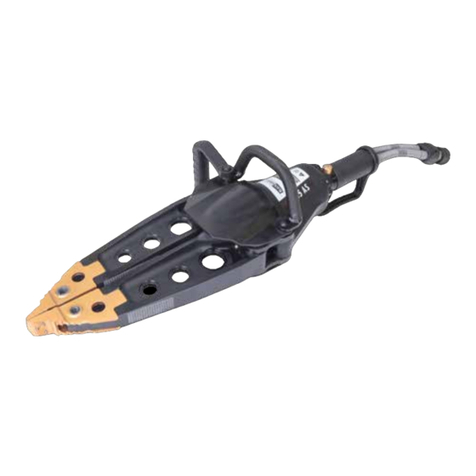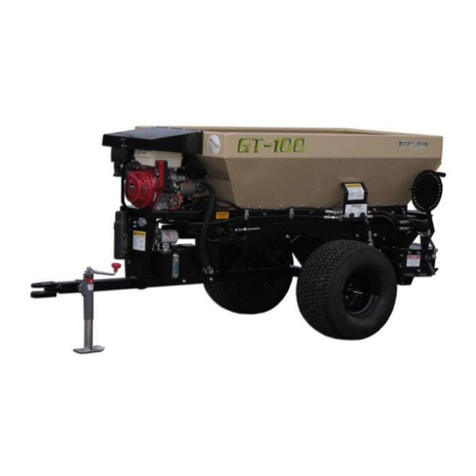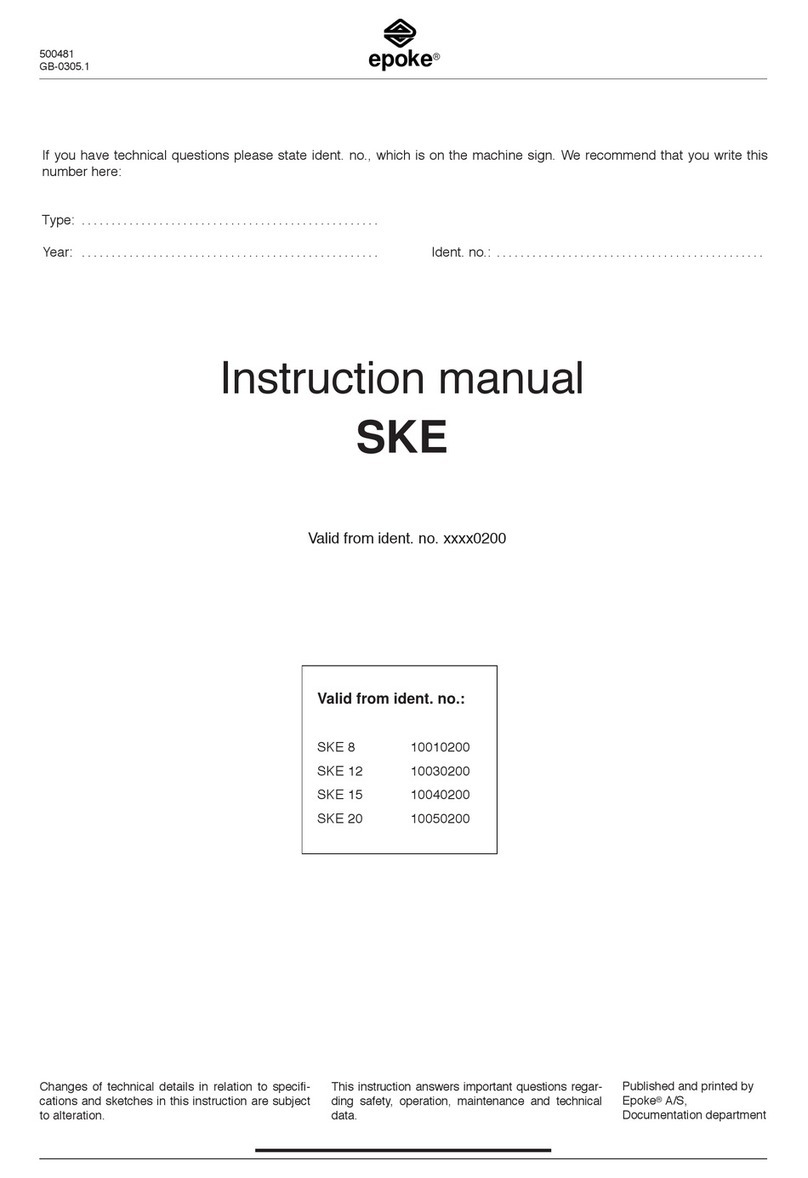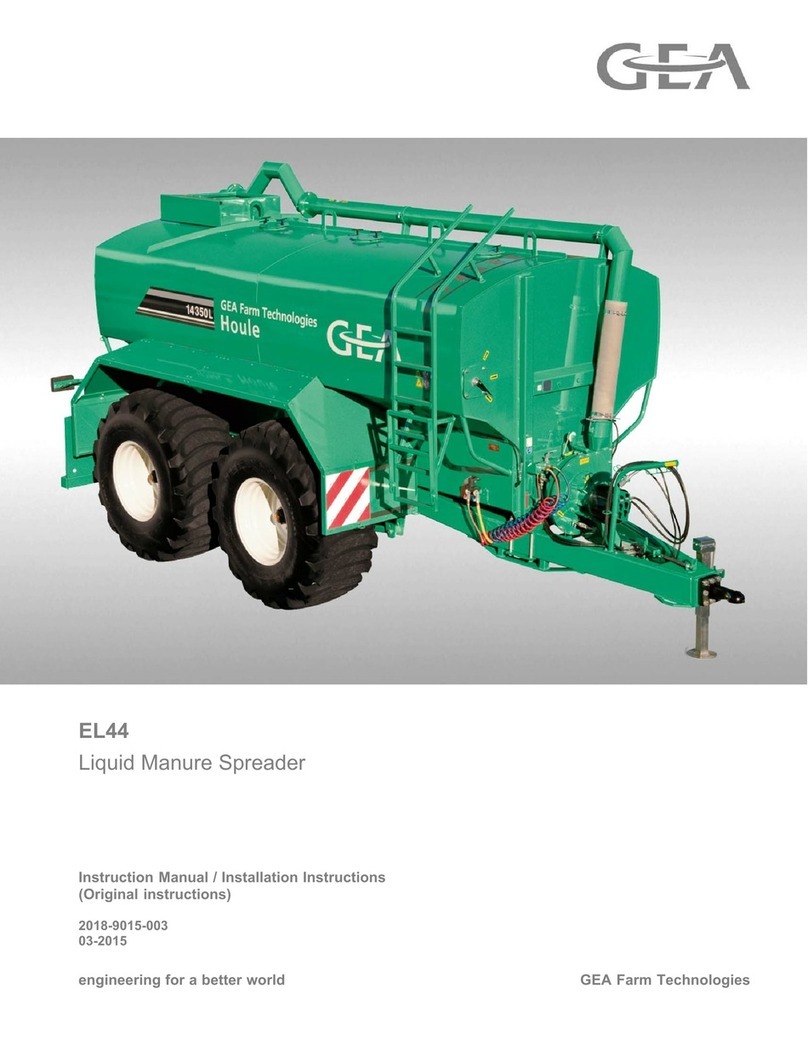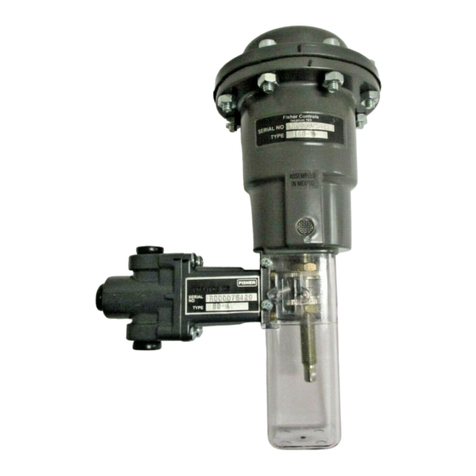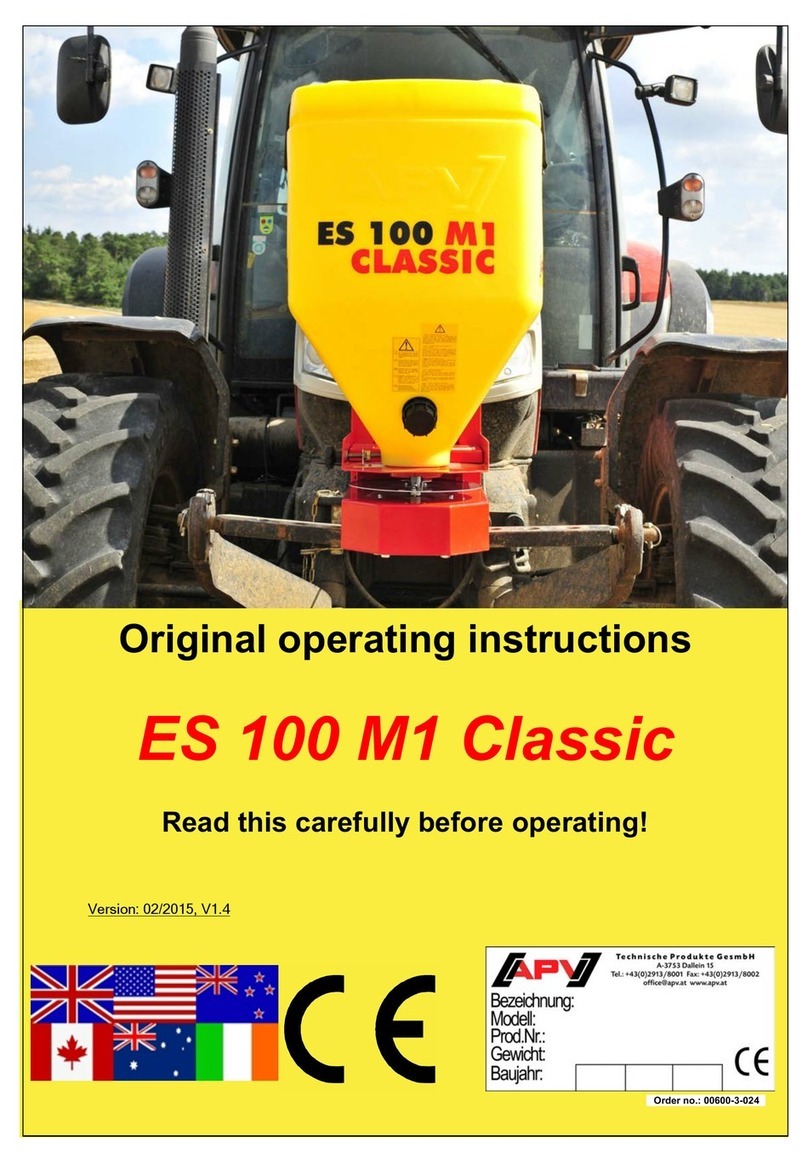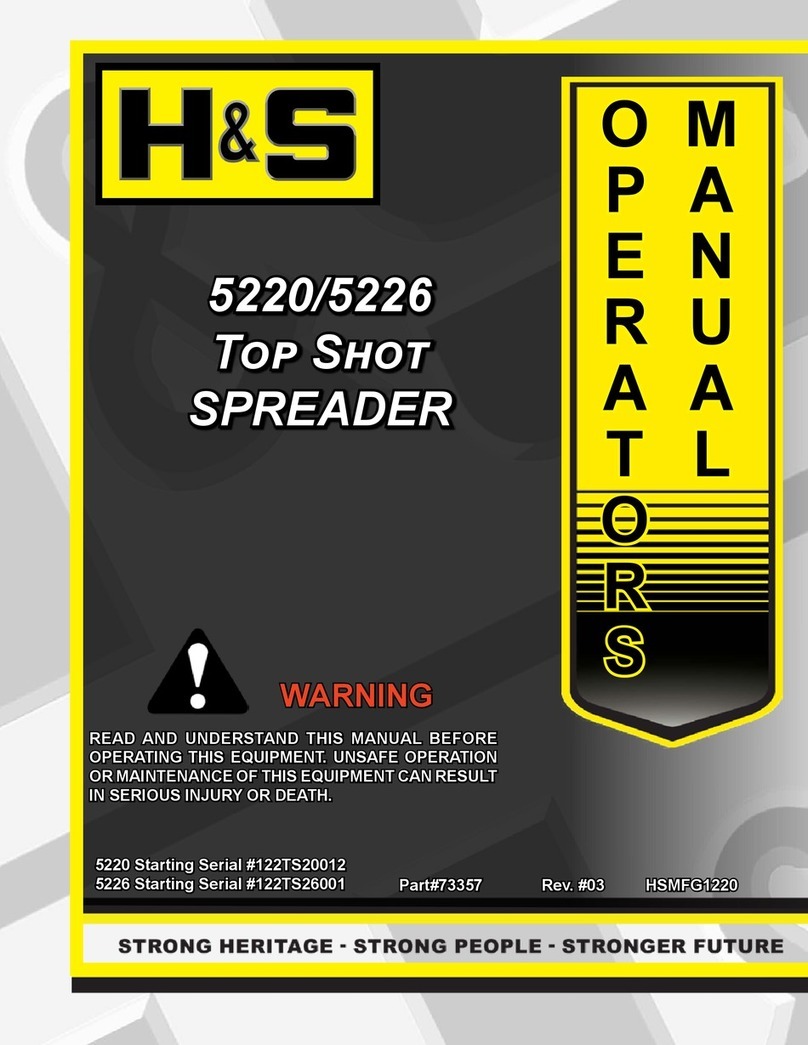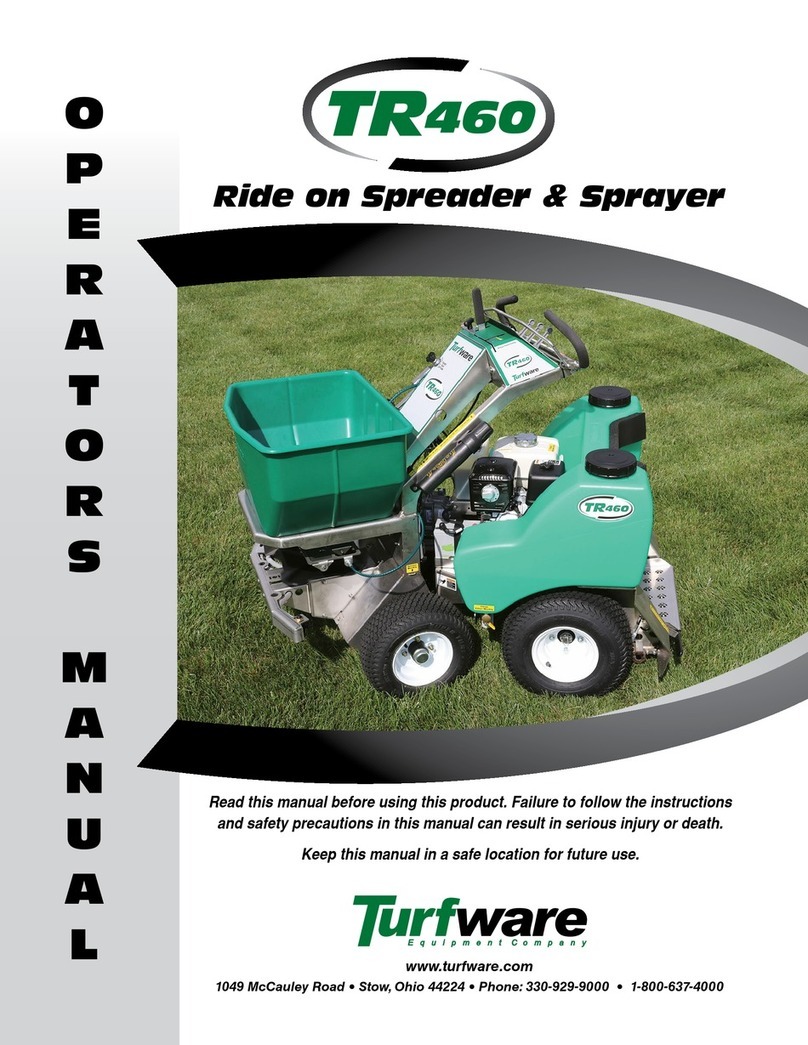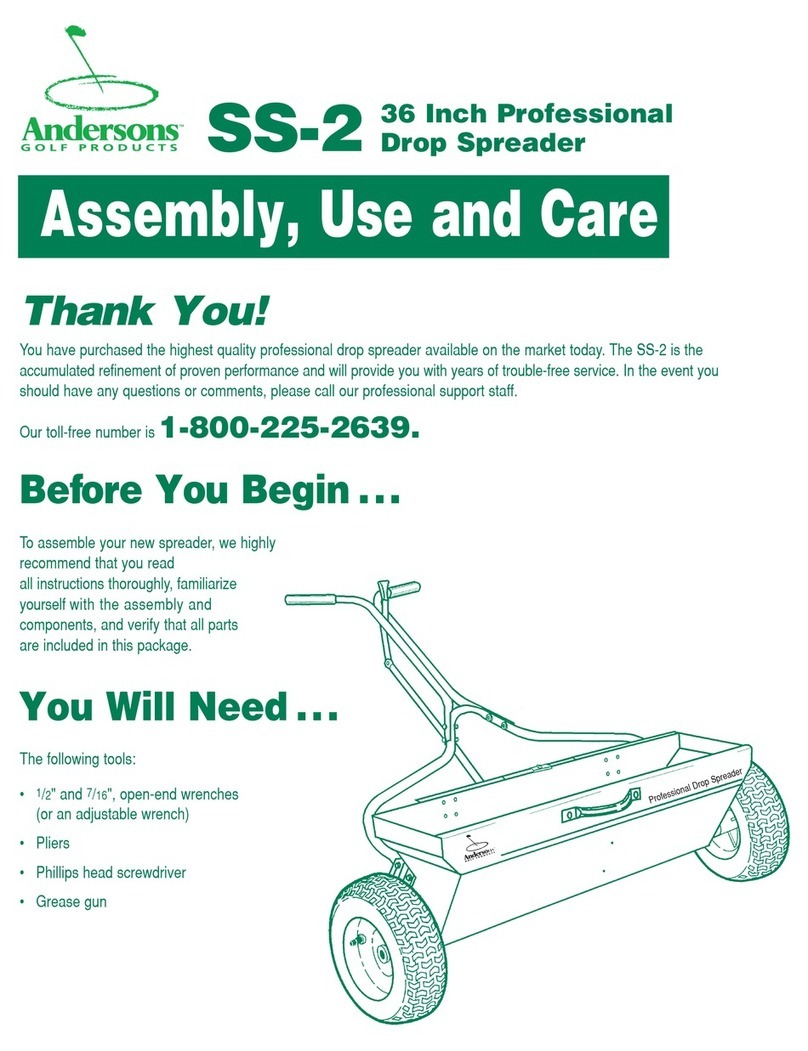
Safety | 9
2.2 Responsibility of the customer
In addion to the health and safety instrucons in this operang manual, one must adhere to
the safety, accident prevenon, and environmental protecon guidelines for the region in which
the equipment is used. Parcularly applicable in this regard:
• The customer must be familiar with the applicable health and safety
provisions and in a hazard analysis idenfy other hazards that may
exist at the equipment‘s installaon site due to the special working
condions.
• The customer must clearly regulate and specify responsibilies
for installaon, operaon, maintenance and cleaning.
• The customer must ensure that all personnel who handle the equipment
have fully read and understood the operang manual.
• In addion, at regular intervals, the operator must train personnel and
inform them of the hazards of working with the equipment.
Moreover, the customer is responsible for ensuring that the equipment is always in technically
faultless condion. Consequently, the following applies:
• Aer each use, and at least once a year, a visual inspecon of the
equipment must be carried out by a trained individual (according to
DGUV Grundsatz 305-002 or country-specic guidelines).
• Every three years, or if you have doubts about the safety or reliability
of the equipment, funconal tesng and stress tesng must be carried out
(according to DGUV Grundsatz 305-002 or country-specic guidelines).
